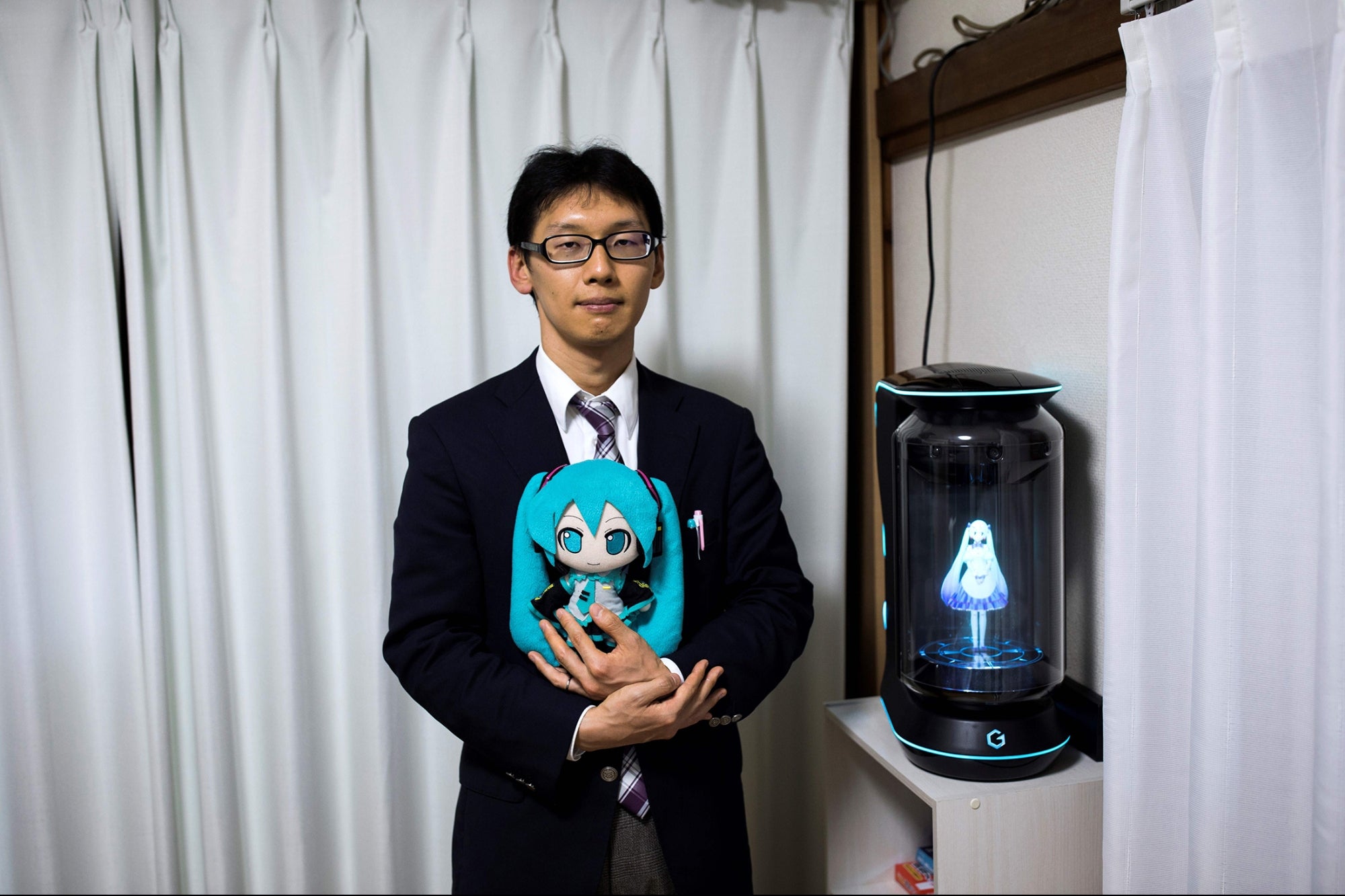Why Transparency Between Teams Is So Vital to Production The ability to easily share information between team members and know that information can be trusted will inevitably improve productivity.
By David Partain Edited by Frances Dodds
Opinions expressed by BIZ Experiences contributors are their own.
Transparency, as it relates to culture, is a big deal for the majority of business leaders. Everybody wants a workplace where people are honest and know what's going on, if only to keep morale and retention high. But if you look into the nuts and bolts of operations, then transparency is fundamental to basic production, too.
How a lack of transparency interrupts workflow
For workers to complete a project fast and with high quality, everybody needs to know that they're getting the truth and to trust each other. They need to understand that everybody's got each other's goodwill in mind and let information flow fast.
When your team lacks transparency, though, they can't build this trust. They're constantly having to wonder where they stand and work harder to keep the momentum going on anything, because everybody's hesitant about how far to stick their necks out. They start to put tasks for the project to the bottom of the day's pile. If things go wrong, then they start to blame each other. The project ends up stalling, and it's a total nightmare for the project manager.
The shift to remote work doesn't necessarily help, either. People can start to seem like nothing except an avatar on the screen. People from each department usually end up having their virtual calls just with others from their area. All of this can have a bad influence on transparency and make building trust really challenging.
How agile processes can help build the transparency and trust you need
If transparency isn't quite as solid in your company as you want it to be, then you can't just force it into existence. You have to build it with baby steps. This is where agile can be your best friend.
People usually describe agile as the ability of a business to adapt fast. But it's deeper than that. It's an approach to working that has specific core principles, such as collaboration and valuing individuals/interactions instead of processes or tools. It's focused on iterative sprints where you learn from what just happened, communicate well over lots of mediums, and have tangible results when you're done.
Related: 4 Relationship Tips to Increase Employee Commitment and Loyalty
Because agile is centered on collaboration and learning in a baby steps kind of way, it's really good at developing the trust you need. It doesn't assume you have trust already, the way you so often see in most waterfall-type projects where everybody shows what they've done to get a sign-off. Multiple teams get praised along the way, but people get a chance to say if they do or don't like something. So there's a balance between your positive and negative feedback, and you can stop work if you have to without injuring anybody's pride.
As a simple example, let's say you hire an external vendor. That's getting more and more common just to save costs, and lots of startups especially will partner up because they don't have specialists in as many areas yet. This is a situation where you need to build trust quickly from the ground up, because work has to get done even though nobody knows each other yet.
If you're transparent from the beginning, then people stop feeling so guarded. They start seeing that the new people they're interacting with really can contribute something, that benefits get reciprocated, and that there isn't an "us" versus "them" to worry about. Once you've built that trust, it's no sweat to refer that vendor or use them again for projects later. Everything becomes long-term and stable. The exact same thing happens when you get new hires or your different departments to be transparent with each other.
Related: 4 Things Employees Want From Leaders During Uncertain Times
Prioritizing transparency clears the way for efficient work
Transparency is crucial to developing a positive culture. But it also is incredibly practical. It's what builds trust and subsequently keeps people moving forward, step by step, so that real work gets done. Agile processes, which focus on positive core values like collaboration and iterative results/learning, are a fantastic way to improve transparency and trust. Whether you're looking to bump up your quotas in the new remote environment, have projects where lots of departments have to pitch in or find yourself bringing in a lot of vendors, prioritize transparency to keep operations efficient.











